These days the preference for shoddy, cheap, use-and-discard products is all over the place. Here is an example:
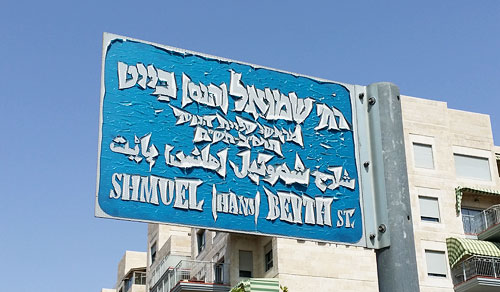
This sorry street sign in Jerusalem has taken on a very “artistic” look – because it is made from a blue layer of stick-on plastic sheet over a metal plate. Over time the plastic started to shrink and curl, with this amusing result.
And it occurs to me that the ancients who lived in our city had a better method. Take this stone, which was part of the temple enclosure parapet in the second temple period (around the time of Christ). It too carries a Hebrew inscription, identifying the location of “the house of trumpeting” – the location where the priest stood who blew the ram horn to announce the entry of the Sabbath.
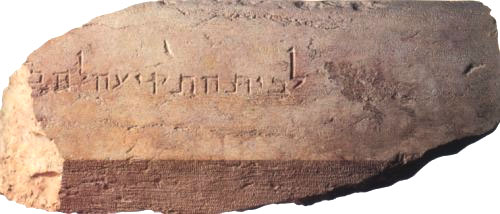
This stone took a big fall when the Romans destroyed the temple, but the lettering on it is crisp and legible after two millennia.
Sigh…
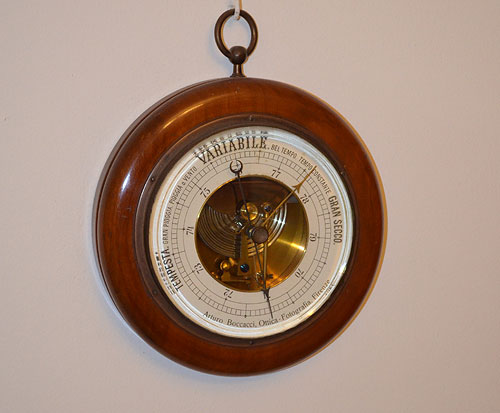
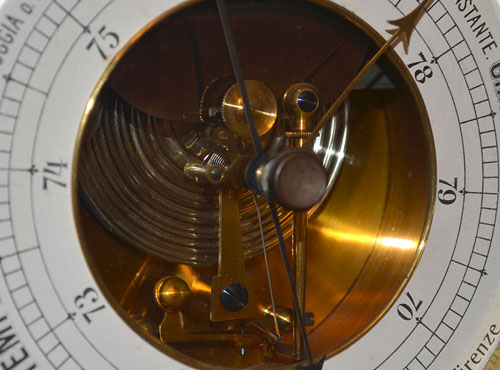



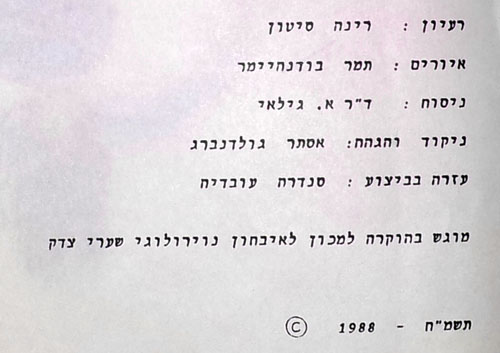


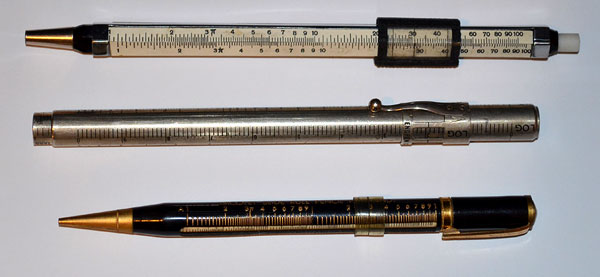

 To fully appreciate the ingenuity, you should know that there are two security inspection areas (you know, where they check your shoes and X-Ray your hand luggage): Security North and Security South. Both serve the same function, and they’re located a minute’s walk apart in this huge hall.
To fully appreciate the ingenuity, you should know that there are two security inspection areas (you know, where they check your shoes and X-Ray your hand luggage): Security North and Security South. Both serve the same function, and they’re located a minute’s walk apart in this huge hall.

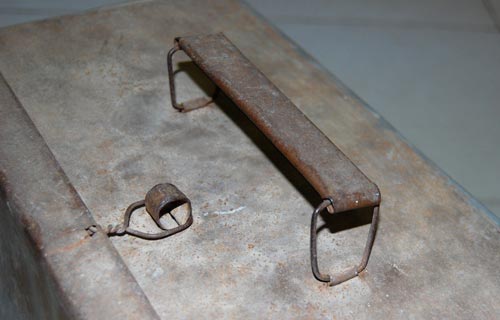

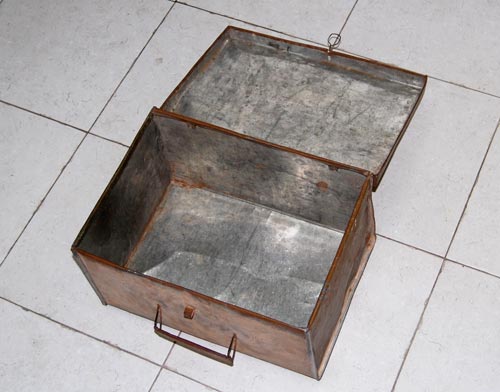
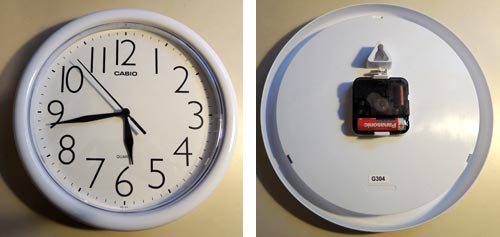
 But when I turned it over I found the screw, affixed to a specially molded clip on the back of the clock. Of course it costs the same to make the unit with or without the clip, and the nylon bag they saved costs nothing anyway; but only one maker in a hundred would bother to pay attention to such a detail.
But when I turned it over I found the screw, affixed to a specially molded clip on the back of the clock. Of course it costs the same to make the unit with or without the clip, and the nylon bag they saved costs nothing anyway; but only one maker in a hundred would bother to pay attention to such a detail.
